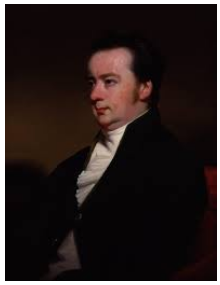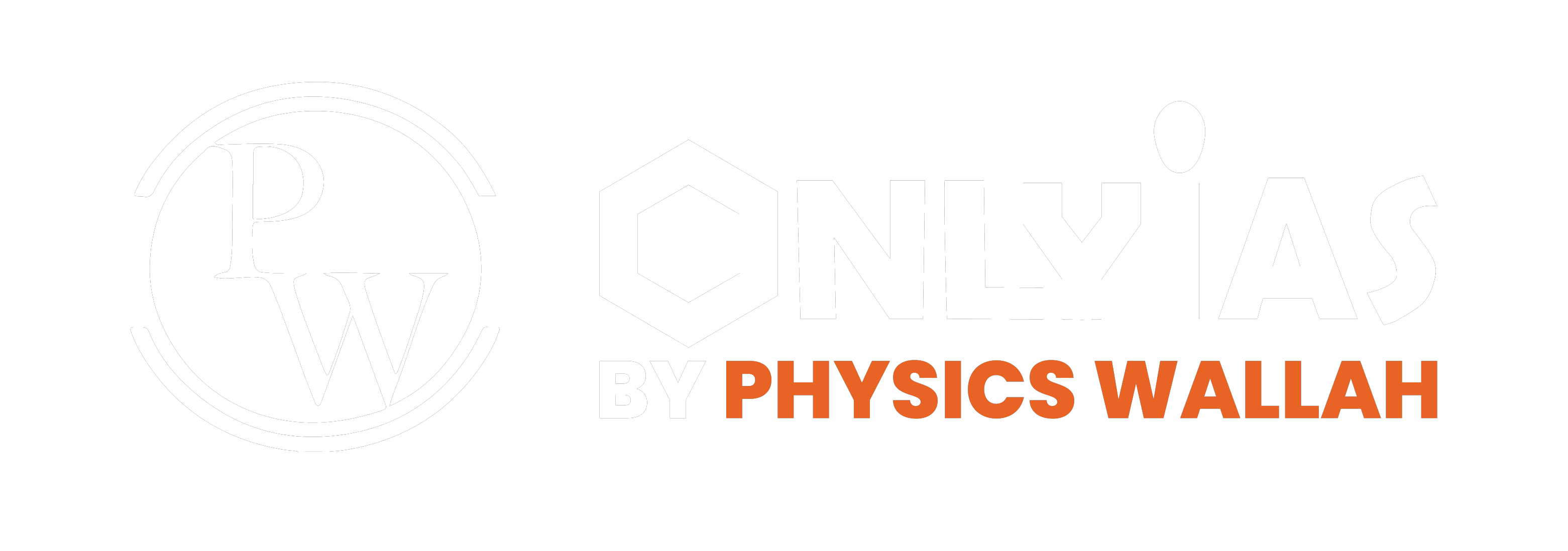Introduction
Charles Metcalfe, a writer and personal secretary, gained independence for journalists during his brief tenure. He aided Gen. Gerard Lake during the Third Maratha War and was an envoy to Lahore in 1808 to secure Sikh cooperation against Napoleon’s threat and British protection of all Sikh territories.

Significant Events During Charles Metcalfe’s Tenure
The Englishman who served India the longest was Metcalfe. At the height of Lord Wellesley’s British influence, he landed in India and stayed for 38 years. His desire for reform propelled him to outlaw infanticide, sati, and slavery in the Delhi region as early as 1812.
Completion Of the Amritsar Treaty (1809)
He helped Ranjit Singh and the Amritsar Treaty, which restored stability to Punjab and lasted until the first Sikh war in 1845, was signed in 1809.
Press Act 1835
After overturning the hateful 1823 ordinance, he gained a reputation as the “liberator of the Indian press.”
- The Press Act, which Sir Charles Metcalfe signed in 1835, restored press freedom.
- After overturning the hateful 1823 ordinance, he gained a reputation as the “liberator of the Indian press.”
- Under the new Press Act (1835), a printer/publisher was obligated to provide a detailed account of the location of a publication and to halt activities if a comparable declaration was made.
Evaluation Of Charles Metcalfe Tenure
- Metcalfe held a variety of political positions. He helped Ranjit Singh and the Amritsar Treaty, which restored stability to Punjab and lasted until the first Sikh war in 1845, was signed in 1809.
- He was one of the Englishman who served India the was the longest. At the height of Lord Wellesley’s British influence, he landed in India and stayed for 38 years.
- His desire for reform propelled him to outlaw infanticide, sati, and slavery in the Delhi region as early as 1812.
|
#PW-OnlyIAS Edge |
|
Conclusion
Metcalfe’s brief tenure in office is remembered for the initiative that his predecessor had started but that he carried out. By doing this, the press was granted complete freedom. Although this approach was criticised by certain people both at home and in India, public opinion in India supported it. “Lord Metcalfe” is known as the Liberator of India Press, but he quickly fell victim to English party politics and was told to return to the pavilion.
Charles Metcalfe FAQs
Q1. What did the 1835 Metcalfe Act entail?
Ans. A printer/publisher was required to provide a complete account of a publication’s premises under the Press Act, also referred to as the Metcalfe Act, and to halt operations if a comparable declaration was submitted. A permissive press policy encouraged the rapid spread of newspapers.
Q2. Who granted press freedom in 1835?
Ans. In 1835, Governor-General Lord Metcalfe, Bentinck’s successor, took over. Like Bentinck, he was a liberal who favoured press freedom.
Q3. The press liberator moniker belongs to Metcalfe, but why?
Ans. Because he relaxed restrictions on journalists’ freedom, Sir Charles Metcalfe earned the moniker “Liberator of the Indian Press.”








